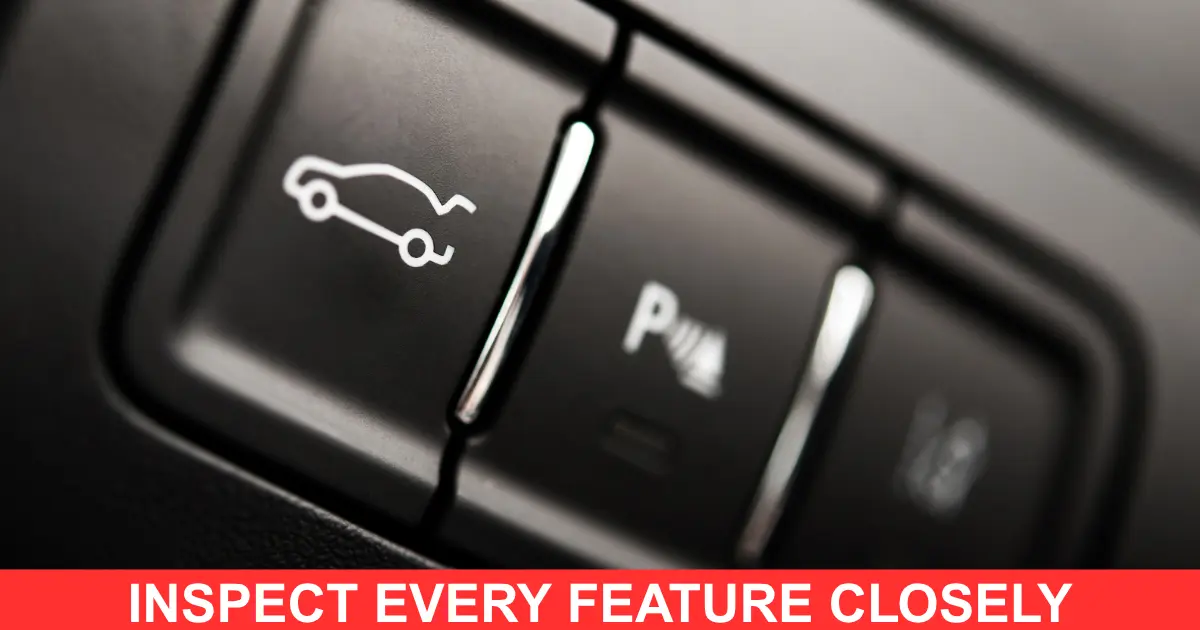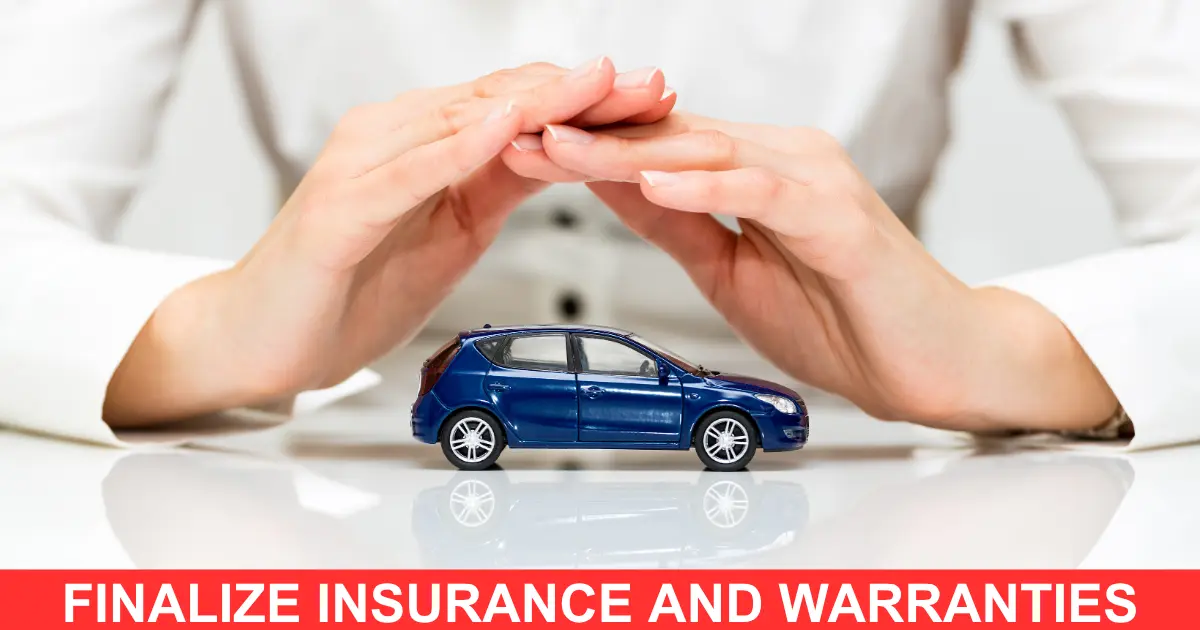Purchasing a new car should be an exhilarating milestone, not an overwhelming ordeal. With careful planning, research, and negotiation, you can streamline the process, secure the best deal, and drive off happy. This comprehensive guide walks you through each phase from initial research to signing on the dotted line and closes with six frequently asked questions to address common concerns.

1. Begin with Comprehensive Research

Before setting foot in a dealership, equip yourself with knowledge. Defining your needs narrows your choices and prevents impulse buys under salesperson pressure.
-
Define Your Purpose. Are you commuting daily, road-tripping on weekends, or hauling gear?
-
Determine Space Requirements. How many passengers and how much cargo do you regularly carry?
-
Establish a Budget. Factor in down payment limits, monthly payments, and ownership costs (fuel, insurance, maintenance).
-
Identify Preferred Makes and Models. Create a shortlist based on style, reliability ratings, and fuel economy.
Next, delve into trusted online reviews, expert road tests, and owner feedback. Visit manufacturer websites to compare trim levels, engine options, and available packages. Prioritizing the model year you want new release versus outgoing stock can unlock significant incentives on last year’s inventory.
2. Secure Financing Before You Shop

Knowing how much you can borrow and at what interest rate empowers you to negotiate from a position of strength.
-
Compare Lenders. Check rates from banks, credit unions, and online lenders.
-
Get Pre-Approved. A pre-approval letter outlines your loan amount and rate, often prompting dealerships to offer competitive financing or cash incentives.
-
Time Your Purchase. Dealerships frequently clear previous-year models when new versions arrive, which can yield steep discounts.
With pre-approved financing in hand, you know your true out-of-pocket cost, avoiding high dealer markups and ensuring transparency in monthly payment discussions.
Read More: How Car Cooling Systems Work
3. Prepare and Visit the Dealership

Armed with research and financing, you’re ready to test-drive and inspect vehicles in person. Bring these essentials:
-
Valid Driver’s License
-
Pre-Approval Letter
-
Proof of Auto Insurance
-
Funds for Down Payment and Fees
Plan appointments at multiple dealerships to compare stock, incentives, and customer service. Always remain polite but firm in your inquiries and negotiations.
4. Inspect Every Feature Closely

Once you’ve located your target vehicle, methodically examine its interior and technology package:
-
Test All Controls. Infotainment system, climate controls, adaptive cruise—ensure each operates smoothly.
-
Evaluate Ergonomics. Check seat adjustability, sightlines, and ease of accessing cup holders and storage compartments.
-
Verify Included Options. Confirm features match the trim level and any advertised packages.
Ask the salesperson to demonstrate systems you’re unfamiliar with. This ensures you know exactly what you’re buying and avoids surprises after delivery.
Read More: Smart Car Insurance Tips for 2025: Save Money, Get Better Coverage
5. Take an In-Depth Test Drive

A thorough test drive reveals real-world performance and comfort:
-
Vary Road Conditions. Try highways, city streets, and parking maneuvers.
-
Assess Comfort. Note seat comfort, cabin quietness, and ride quality.
-
Evaluate Handling. Test acceleration, braking response, and cornering stability.
-
Spend at Least 20 Minutes. A quick loop won’t reveal noise issues or how the car feels over bumps.
Keep the car’s intended use in mind if you tow or carry heavy loads, simulate those conditions if possible.
6. Negotiate and Close the Deal

When you’ve found your ideal car, it’s negotiation time:
-
Stick to Invoice Price. Base offers on the manufacturer’s invoice, not the sticker price.
-
Avoid Excessive Add-Ons. Dealer warranties and accessories often carry high markups—shop third-party options.
-
Confirm All Fees. Ask for a breakdown of destination charges, documentation fees, and sales tax.
Once the price is settled, review the sales contract line by line. Clarify any ambiguous clauses or fees before signing to protect yourself from hidden costs.
7. Finalize Insurance and Warranties

Before driving off, ensure you have proper coverage:
-
Update Your Policy. Notify your insurer of the new vehicle to avoid coverage gaps.
-
Compare Extended Warranties. Dealer plans versus third-party policies evaluate coverage, deductibles, and price.
Only after confirming insurance and warranty options should you enjoy that new-car smell and hit the road!
Read More: The Ultimate Guide to Car Washes
Frequently Asked Questions
1. How much should I save for a down payment?
Aim for at least 20% of the vehicle’s price to lower monthly payments and avoid owing more than the car’s value. A larger down payment also improves your loan terms and may qualify you for better rates.
2. Is it better to lease or buy?
Leasing offers lower monthly payments and the ability to drive a new car every few years, but you don’t build equity and face mileage limits. Buying requires higher payments but grants ownership and flexibility to sell or modify.
3. Can I negotiate interest rates at the dealership?
Yes. Bring your pre-approval letter and ask the dealer to match or beat that rate. Competition among lenders often leads them to offer promotional rates to secure the sale.
4. When is the best time to buy a new car?
Late in the model year typically late summer to early fall is ideal as dealers clear outgoing inventory. Year-end holiday sales events also feature special rebates and incentives.
5. Should I buy manufacturer financing incentives?
Manufacturer-backed financing deals (e.g., 0% APR) can be better than external loans. Compare the overall cost (monthly payment plus fees) to ensure you’re getting the best deal.
6. What should I look for in the fine print?
Review add-ons like paint protection, GAP insurance, and extended warranties. Confirm you’re not paying hidden document or “dealer prep” fees. Every fee should be clearly explained.






